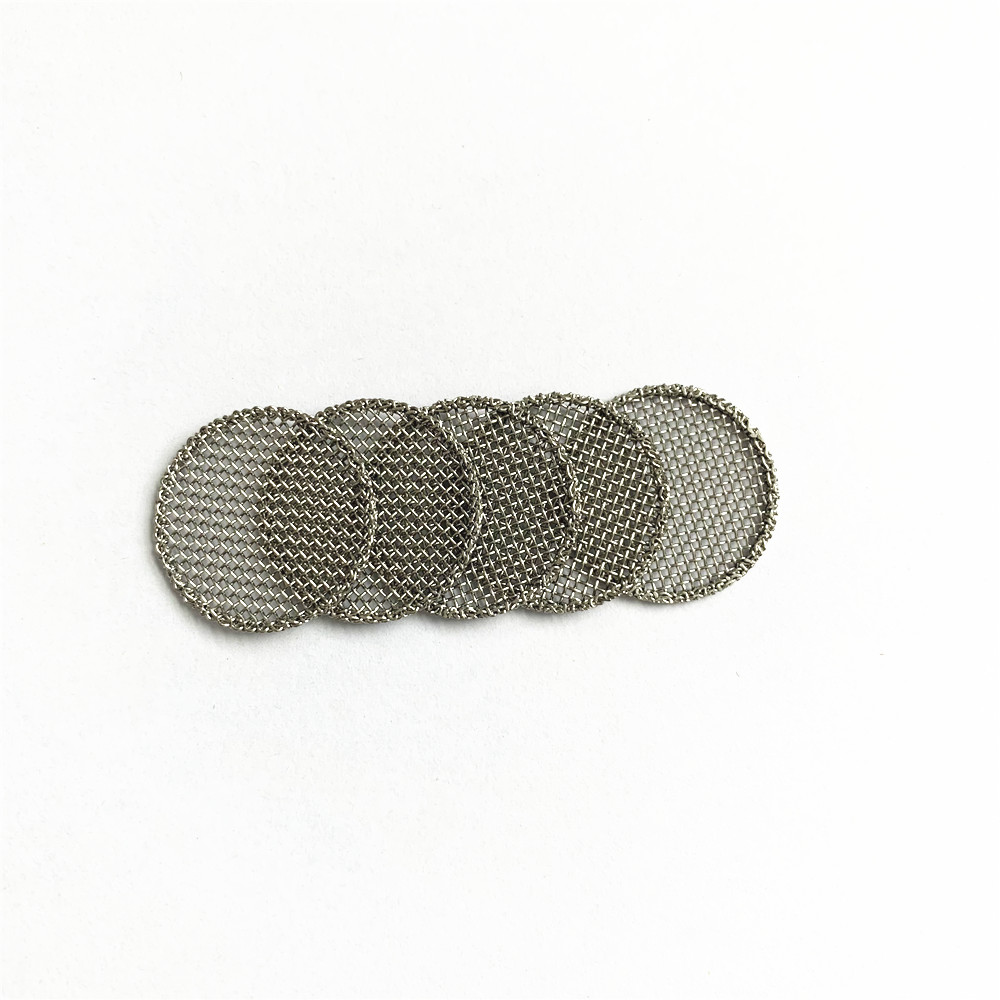Chainsaw safety is a crucial aspect of using these powerful tools efficiently and responsibly. One often overlooked but significant issue is chainsaw backfire, a phenomenon that can lead to serious injury or damage if not properly understood.
**What is Chainsaw Backfire?**
Chainsaw backfire occurs when the engine expels unburned fuel or produces loud noises through the exhaust or carburetor. This happens due to incomplete combustion inside the engine, where the fuel-air mixture isn't ignited properly. The result is an unexpected explosion within the engine's system, which can be both alarming and dangerous.
To understand this better, it’s important to know how a chainsaw engine works. Most chainsaws are powered by a two-stroke internal combustion engine. Gasoline and oil mix in a specific ratio, then enter the combustion chamber where a spark plug ignites the mixture. If this process is disrupted—due to incorrect fuel mix, faulty components, or poor maintenance—the engine may produce a backfire.
**Common Causes of Chainsaw Backfires**
Several factors can contribute to chainsaw backfires:
- **Poor Fuel Quality:** Using old, contaminated, or incorrect fuel ratios can cause improper combustion.
- **Dirty Air Filter:** A clogged air filter leads to a rich fuel mixture, increasing the risk of backfire.
- **Faulty Spark Plug:** A worn or damaged spark plug can fail to ignite the fuel properly.
- **Carburetor Issues:** Incorrect adjustments or blocked jets can disrupt the air-fuel balance.
- **Engine Wear:** As engines age, parts may wear out, leading to performance issues.
- **Incorrect Starting Techniques:** Over-prime or flooding the engine can also trigger backfires.
**The Dangers of Chainsaw Backfire**
Backfires can pose several risks:
- **Burns:** Hot flames from the exhaust can cause burns to the operator.
- **Kickback:** Sudden engine surges may cause the saw to kick back unexpectedly.
- **Hearing Damage:** Loud noises can harm hearing over time.
- **Equipment Damage:** Frequent backfires can damage internal engine components like the carburetor and spark plugs.
**How to Troubleshoot Chainsaw Backfires**
If your chainsaw starts backfiring, follow these steps:
1. **Check the Spark Plug:** Inspect for fouling or damage. Replace if necessary.
2. **Clean the Air Filter:** A dirty filter can cause a rich mixture and backfire.
3. **Evaluate the Fuel:** Use clean, high-quality fuel with the correct oil mix.
4. **Inspect the Carburetor:** Look for blockages or misadjustments.
5. **Check for Air Leaks:** Seal any leaks in the intake system.
6. **Maintain Cooling:** Ensure proper ventilation and clean engine fins.
7. **Use Correct Starting Techniques:** Prime the engine properly to avoid flooding.
8. **Seek Professional Help:** If the problem persists, consult a technician.
**Conclusion**
Understanding chainsaw backfire is essential for safe and efficient operation. By maintaining your equipment and addressing common issues promptly, you can reduce the risk of backfires and prolong the life of your chainsaw.
At BISON, we design our chainsaws with safety and ease of use in mind. Our models feature easy-to-clean air filters, durable spark plugs, and user-friendly carburetor settings to prevent such issues.
If you're interested in partnering with us, we welcome dealers who value quality, performance, and user experience. Together, we can build a safer and more efficient global chainsaw community.
**Frequently Asked Questions:**
**How can I tell if my chainsaw carburetor timing is off?**
To check the timing on your chainsaw carburetor:
1. Locate the TDC mark on the flywheel.
2. Align it with the mark on the chainsaw body.
3. Remove the spark plug and insert a rod into the cylinder to find the piston position.
4. Rotate the flywheel until the piston hits the rod, marking the TDC point.
5. Adjust the carburetor so it aligns correctly with the TDC mark.
**How do you adjust the air-fuel mixture in the carburetor?**
To adjust the air-fuel mixture:
1. Find the idle mixture screw on the carburetor.
2. Turn it clockwise or counterclockwise to achieve a smooth idle.
3. Avoid making the mixture too rich or too lean, as either can cause sputtering or overheating.
By following these steps, you can maintain optimal performance and reduce the risk of backfires.
Round shape Filter Disc
The filter disc
also called Wire Mesh Filter Disc ,it is made of Stainless Steel Wire Mesh
,sintered wire mesh, sintered felt, Perforated Metal Sheet etc.It can be
divided into single layer, multi-layer, round, rectangle, oval and so on.
Material :SS304
316 316L stainless steel wire mesh ,perforated mesh sheet
Dimension:5~600mm
Stainless steel
filter disc application: mainly used in rubber, plastics industry, the
screening of grain and oil, oil, oil refining, chemical industry, light
industry, medicine, metallurgy, machinery, ships, cars, tractors and other
industrial in distillation, absorption, evaporation and filtration process,
eliminate the entrained droplets in steam or gas and liquid foam, and car
tractor is used as the air filter.
Filtration Rating:20~3500
mesh(It has the characteristics of large flow and high filtration efficiency)

Round Shape Filter Disc,Round Filter Disc,Round Wire Mesh Filter Disc,Circular Filter Mesh Disc
Suzhou Haoxiang Screen Stencil Products Co.,Ltd , https://www.haoxiangwiremesh.com
